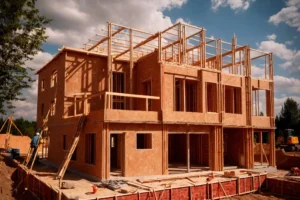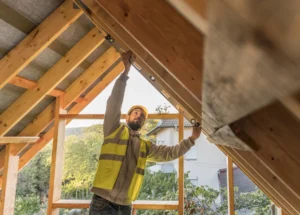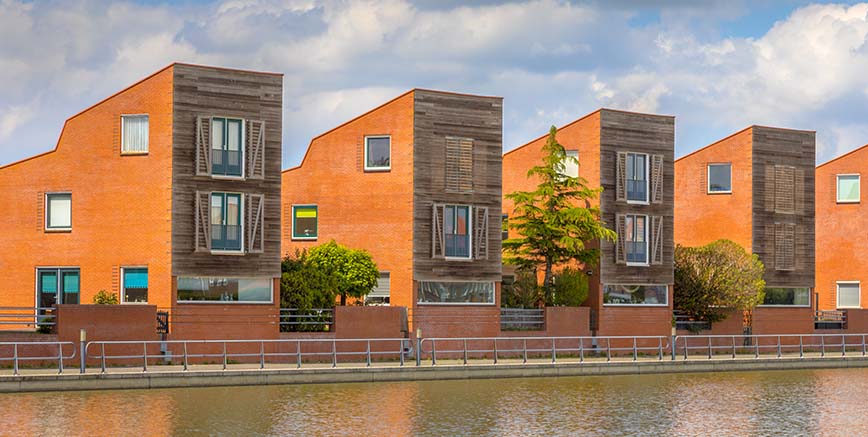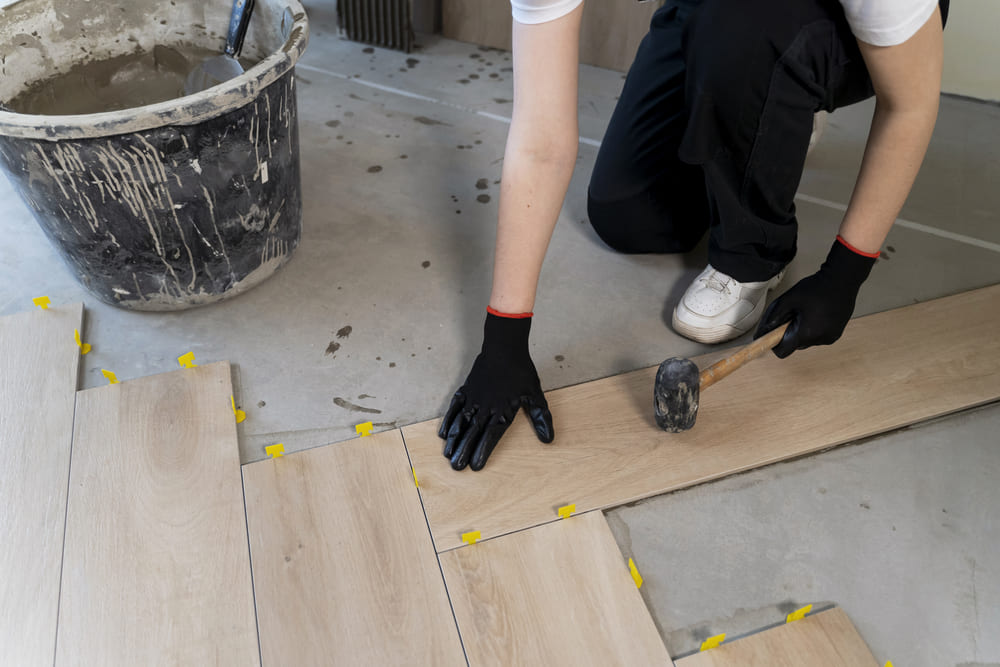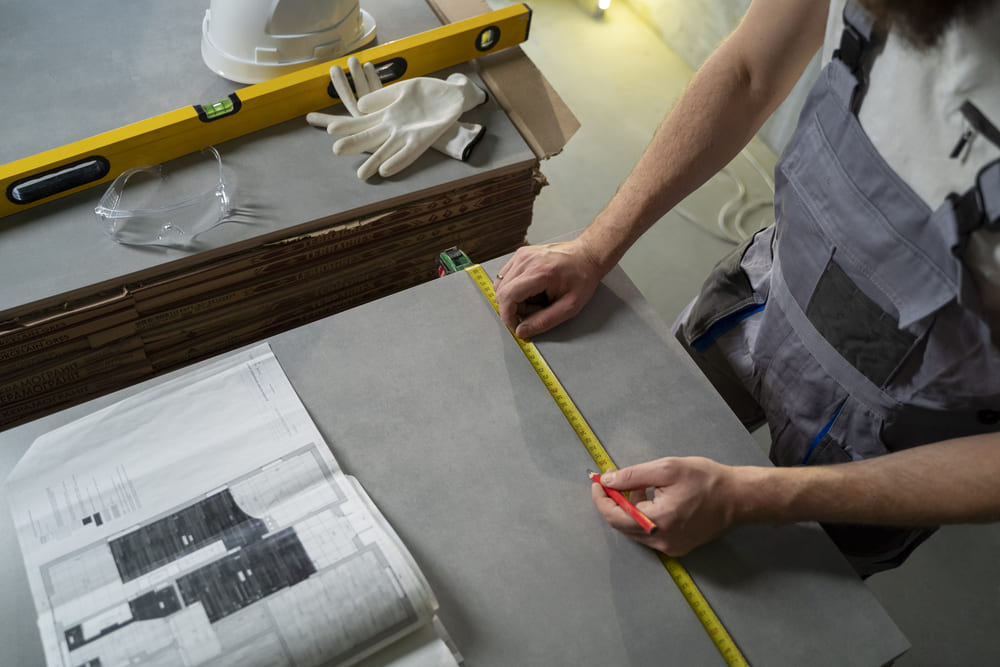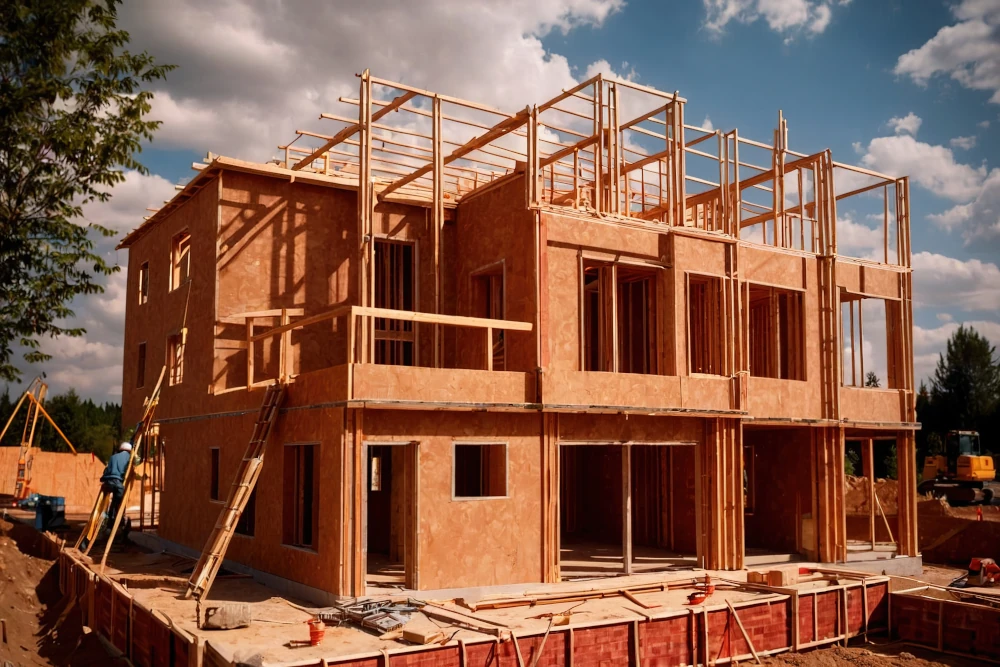
Do you know the power new builds and residential additions can have on your living environment? Home expansions allow you to tailor your place to suit your family’s needs better.
A home addition planning can make your home more comfortable, functional, and aesthetically pleasing. Moreover, these improvements can have a positive effect on your property’s market value, offering a great return on investment.
An addition can be:
- An extra bedroom for your growing family.
- A spacious new kitchen for your culinary needs.
- A deck with an innovative design.
- Or whatever your mind imagines!
This article explores essential aspects of renovation planning and discusses how to navigate the complexities of residential remodeling and home improvement projects.
New Builds vs. Renovations
Before exploring the step-by-step process to make your home expansion a success, let’s first address the differences between new builds and residential additions.
Many people often confuse them or have doubts about which is the best option for their home.
To answer all your questions, we’ve put together a table explaining the pros and cons of each type of construction:
| New Builds | Residential Additions | ||
| Pros | Cons | Pros | Cons |
| It provides freedom in design. | It requires a larger upfront investment. | It is more affordable than new builds. | It may be limited by the existing structure. |
| It can incorporate the latest building technologies, materials, and energy-efficient systems. | The process can be lengthy and require temporary housing solutions. | It preserves the original character and charm of the property. | It can uncover hidden problems such as structural damage, outdated wiring, or plumbing issues. |
| It reduces the probability of costly repairs. | Finding and acquiring a suitable plot of land can be challenging. | It can be less disruptive to daily life. | It is challenging to achieve specific design goals or incorporate modern features. |
The step-by-step we’ve prepared works for both new builds and additions. Check it out below!
First Step: Initial Planning
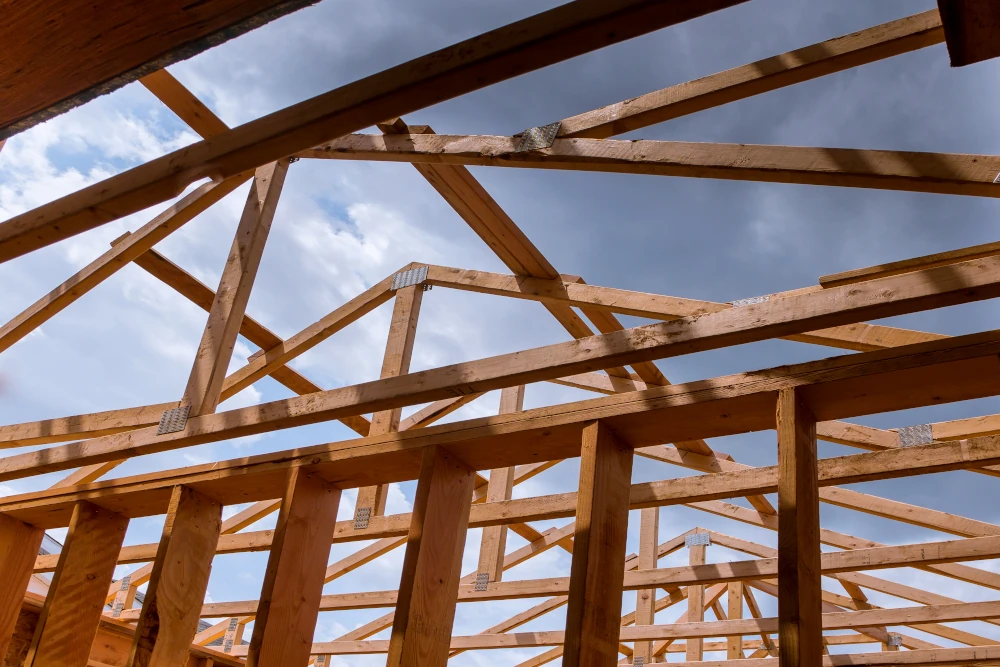
Understanding your objectives and needs will guide every subsequent decision and ensure the result meets your vision.
You should consider questions such as:
- What is the primary purpose of the addition or new build?
- Are there specific features or rooms that are essential?
- How will the new space be used daily?
- What are the long-term plans for it?
With these goals in mind (and preferably on paper) you can prioritize your needs and create a detailed list that will help shape the project’s scope and design.
Also, creating a realistic budget is essential for the success of any home renovation project. This budget should cover all aspects of the project, including design, materials, labor, permits, and contingencies.
Crucial tips for your budget
- Obtain estimates from multiple contractors to understand the cost range for your project.
- Set aside a contingency fund for unexpected expenses. Typically, 10-20% of the total budget.
The first tip will help you avoid financial strain during the construction. Furthermore, hiring experienced contractors, architects, and designers ensures quality workmanship and adherence to local building codes.
Second Step: Legal Considerations
Before starting any home expansion or new build, it’s crucial to make sure that the company you hired has the necessary permits and licenses. These approvals ensure compliance with local building codes.
The codes are designed to ensure safety, structural integrity, and aesthetic harmony within the community. Additionally, compliance is essential to avoid legal problems and ensure that the project runs smoothly.
If you’re not familiar with your local regulations, take the time to investigate and make sure that the company you’ve hired really can do the job. Non-compliance can result in fines and costly modifications.
Third Step: Logistical Considerations
Proper planning of construction site logistics can minimize disruptions and ensure efficient project execution
Crucial tips for the company selection
This is what the company you’ve hired must have well-designed before the project starts:
- The layout of the construction site, including storage areas for materials, waste disposal, and access routes for workers and equipment.
- Strategies to minimize noise, dust, and disruptions to living spaces.
- Implement safety protocols to protect workers and residents. This includes setting up barriers around the construction site, posting warning signs, and ensuring all workers follow safety guidelines.
Suppose the company you’ve hired has undergone a rigorous selection process, with reputation identification and past project analysis. In that case, they will certainly be experts and will brilliantly plan the logistics of your new builds and additions.
Fourth Step: Material Selection
Choosing the proper materials is one of the most critical decisions in any home expansion or new build. High-quality and durable materials ensure the longevity and integrity of the structure.
Investing in premium materials such as hardwood flooring, solid wood cabinetry, and durable roofing can significantly reduce maintenance expenses and increase your home’s lifespan.
On the other hand, opting for eco-friendly materials like reclaimed wood, bamboo, and recycled steel can reduce the environmental impact of the construction.
Sustainable materials often come with benefits such as improved indoor air quality, reduced waste, and eligibility for green building certifications, which can enhance the property’s market value.
Fifth Step: Design Choices
Efficient design is essential to make the most of the available space. You should research some inspirations similar to the style you want and share them with the company you’ve hired to ensure everything turns out the way you imagined.
Crucial tips for your home’s design
If you still don’t have anything in mind or don’t know how to search, here are some tips:
- Incorporate open floor plans to create a sense of spaciousness and improve the flow of natural light throughout the home.
- Design multifunctional spaces that can serve multiple purposes and maximize the utility of each room.
- Use innovative storage solutions, such as built-in cabinets, under-stair storage, and floating shelves.
- Incorporate design elements that reflect your style.
- Balance contemporary trends with timeless styles to ensure the home remains stylish for years to come.
Goveias Construction: The Right Choice for Your New Builds or Residential Additions

If you are searching for a partner with all the requirements mentioned above, excellent figures, and a good reputation in the market, Goveias Construction is your ideal choice.
We understand the complexities involved in residential remodeling and new construction projects, and even if you don’t know where to start, we are committed to guiding you through every step of the process.
At Goveias Construction, we prioritize quality and customer satisfaction above all else.
Are you ready to take the next step to make your home improvement dreams come true? Contact us today!



